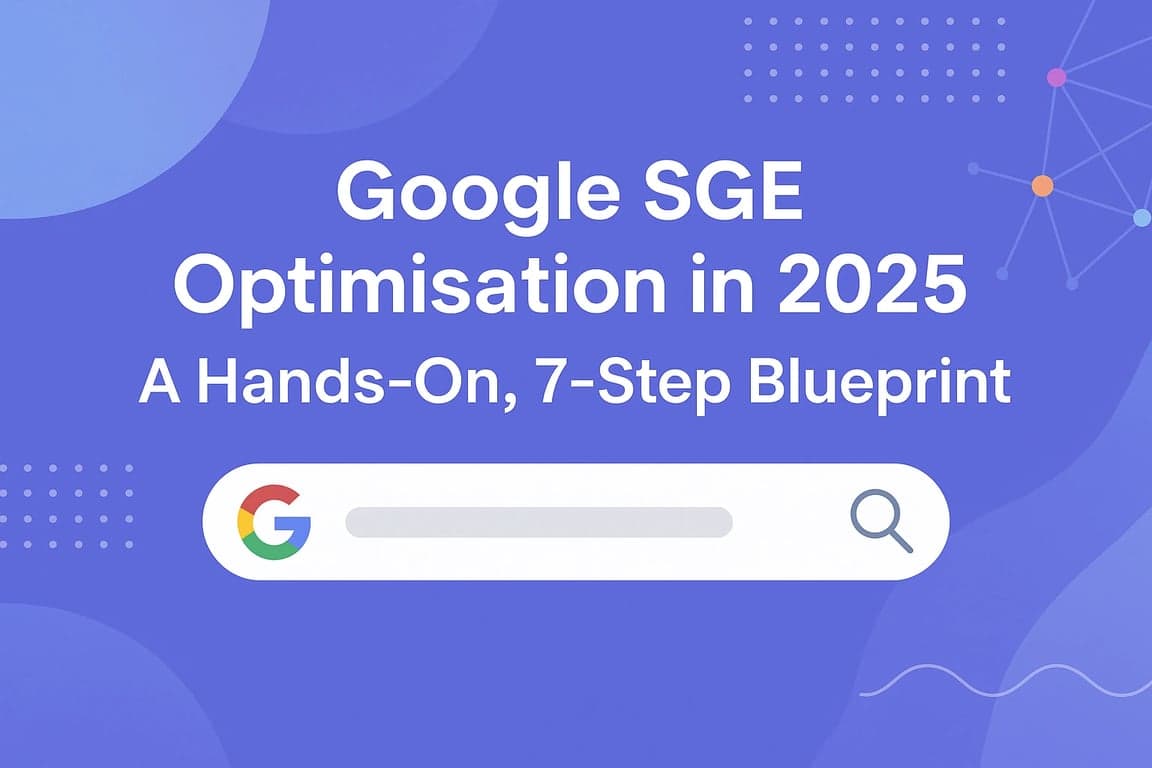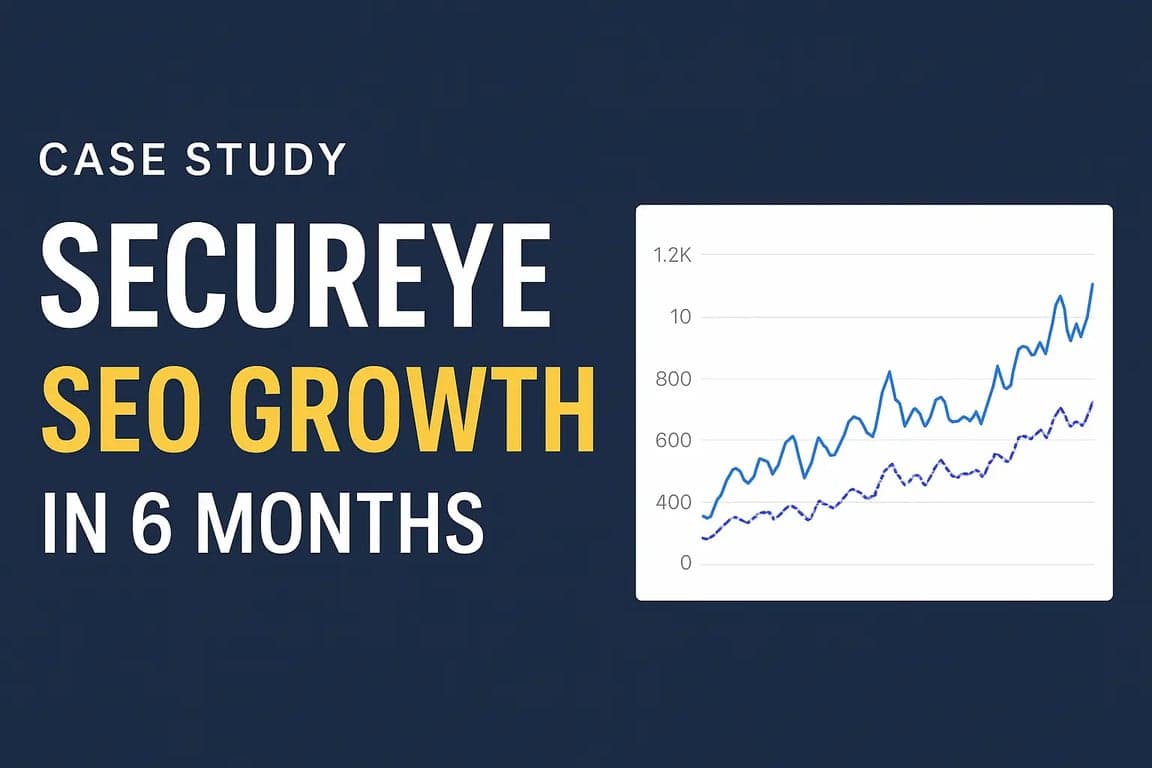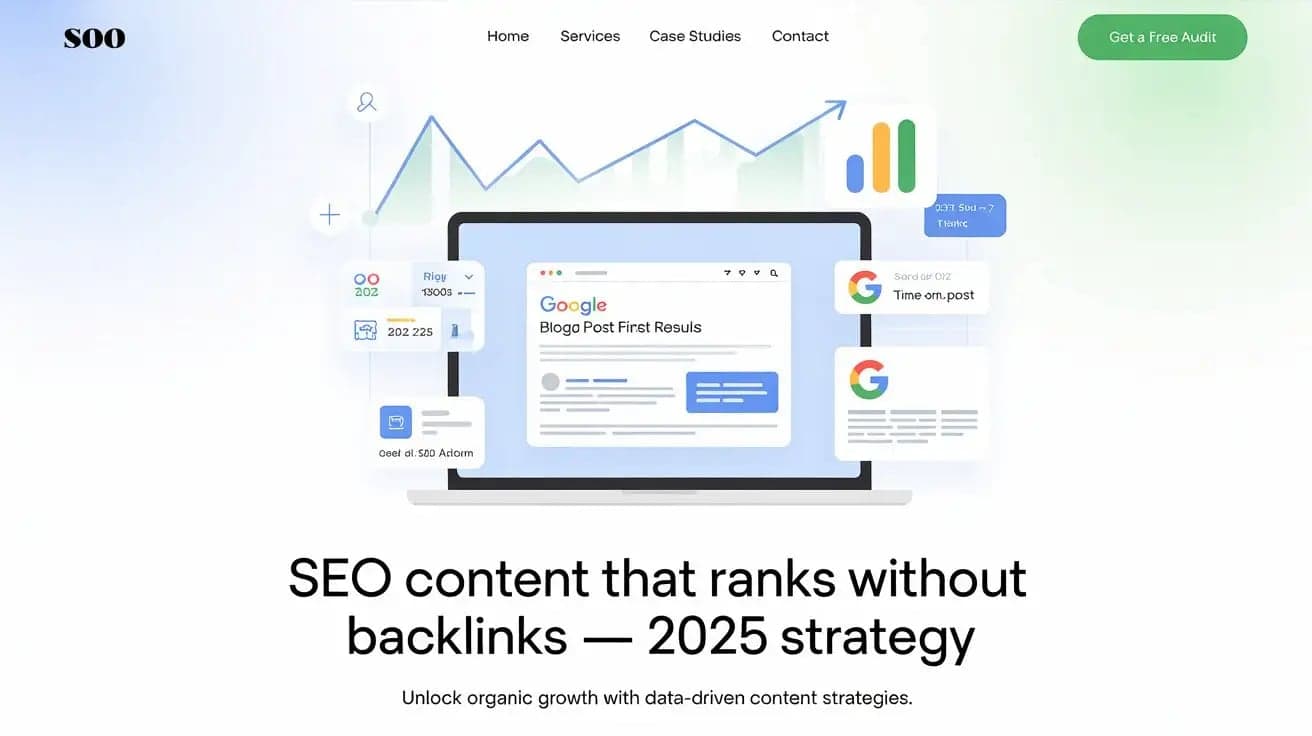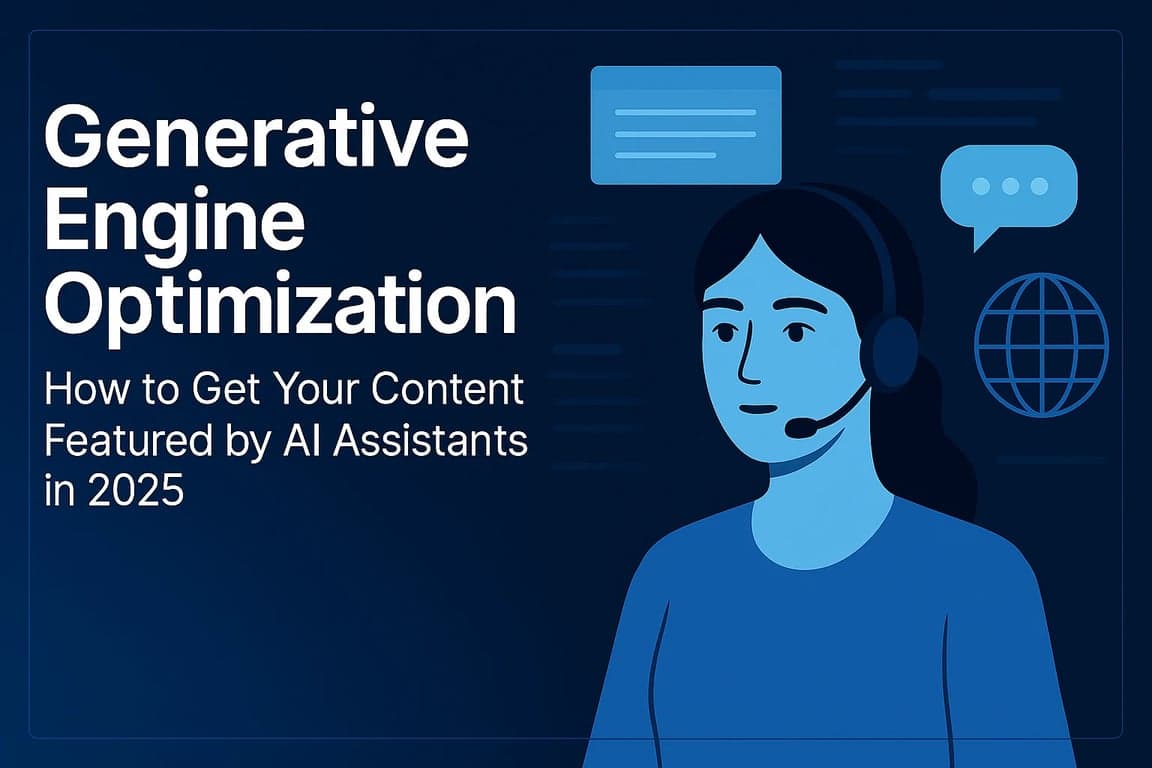 Introduction
Introduction
Every September, it’s the same story. Apple announces its latest iPhone, and the world goes into a frenzy. This year, with the iPhone 17 launching in India, the excitement is louder than ever. Tech media is buzzing, YouTube reviewers are flooding feeds, and consumers are already queuing for pre-orders.
But here’s the paradox: most people don’t actually need an upgrade. Their current iPhones work just fine. Yet, the new model creates a pressure that’s hard to resist — a trap carefully engineered by marketing psychology.
As a digital marketer who studies both consumer behaviour and brand strategy, I find this fascinating. Why do people who can’t easily afford the iPhone 17 still feel compelled to buy it? Why do existing iPhone owners — with perfectly good devices — feel pressured to upgrade?
This blog is my take on the iPhone upgrade paradox: how marketing tactics fuel desire, why consumers fall for it, and how to make smarter upgrade decisions in 2025.
What’s Actually New in the iPhone 17?
Before we talk psychology, let’s quickly review the iPhone 17’s major updates that Apple is pushing hard in India:
A19 Bionic Chip → Faster performance, improved efficiency.
120Hz ProMotion Display → Smoother visuals, better gaming/video experience.
Dual 48MP Camera System → Huge upgrade for photography enthusiasts.
AI-Powered Features → Smarter photo editing, predictive text, and real-time translation.
Improved Battery & Charging → Longer daily usage.
Sleeker Design → Lighter body, slimmer bezels, new colours.
Now, these are impressive features. But let’s be real: how many of them do average users really need? If you mostly use your phone for WhatsApp, Instagram, and streaming, your iPhone 14 or 15 probably does that just fine.
This is where the trap begins — Apple positions small incremental upgrades as “revolutionary.”
 The Upgrade Paradox
The Upgrade Paradox
The iPhone upgrade cycle is a perfect example of a consumer paradox:
1. Need vs Desire
Your current phone can handle 95% of your daily tasks. But when Apple announces a faster chip and better camera, suddenly, your phone feels outdated.
👉 You convince yourself it’s a need when in reality, it’s a desire.
2. Progress vs Satisfaction
Consumers love progress. A new phone means better specs and more power. But ironically, progress kills satisfaction. As soon as you buy the iPhone 17, rumours about the iPhone 18 start.
👉 You’re never fully satisfied — because the next “better” is always coming.
3. Freedom vs Trap
Apple sells choice: storage sizes, Pro vs Pro Max, and new colours. But in truth, you’re trapped in their ecosystem. Owning an iPhone makes you feel you must stay updated.
👉 The freedom to choose is also a pressure to upgrade.
Marketing Tactics Apple Uses (and Why They Work)
Apple’s marketing is genius-level psychology. Here’s how they make consumers feel the pressure to upgrade:
1. Turning Small Changes into Big Revolutions
A slightly faster chip is sold as “life-changing performance.”
A slightly better camera is marketed as “cinematic storytelling.”
Even a new color (remember Jet Black? Deep Purple?) becomes a must-have trend.
2. Obsolescence by Comparison
Apple doesn’t tell you your phone is bad. They simply show you the new one side-by-side. Suddenly, your current phone feels inadequate.
3. Scarcity & Exclusivity
“Pre-order now.” “Limited stock.”
Scarcity creates FOMO — people rush to buy before rational thought kicks in.
4. Emotional Storytelling
Apple’s ads rarely show hardware specs. Instead, they show people capturing memories, creating films, and connecting across the globe.
👉 You don’t buy a phone. You buy a better version of yourself.
5. Trade-In Illusion
“Upgrade for just ₹2,499/month.”
The cost looks small. But in reality, you’re paying for a device you might not need, keeping you locked in the cycle.
6. Social Proof & Influencer Hype
Tech reviewers get early access. Celebrities flaunt the new iPhone. Friends post unboxing videos.
👉 Suddenly, sticking with your older phone feels like you’re being “left behind.”
 Why Consumers Fall Into the Trap (Psychology at Play)
Why Consumers Fall Into the Trap (Psychology at Play)
Apple’s tactics work because they tap into deep psychological triggers:
Loss Aversion → We hate “missing out” on new features more than we love keeping what we already have.
Status & Identity → Owning the latest iPhone signals success, modernity, and belonging.
The Upgrade Effect → People believe “new product = better me.” (Harvard Business Review calls this the self-improvement bias.)
Herd Mentality → If everyone around you is upgrading, you feel like you should too.
The Consumer Dilemma: When to Upgrade vs When to Hold Off
Not all upgrades are bad. The trick is knowing when it makes sense.
✅ When Upgrading Makes Sense
Your current phone is genuinely slowing down.
Battery health is poor, and daily use is frustrating.
You use pro features (video editing, high-end photography) that benefit from upgrades.
You plan to keep your phone for 4–5 years, so buying the latest model gives longevity.
❌ When to Hold Off
Your current phone works perfectly fine for your needs.
You don’t use high-end features.
You’d need to finance the upgrade or stretch your budget.
Software support for your model is still strong (Apple supports phones for 5–6 years).
A Real-World Perspective
I’ve seen this play out in my own circle. A friend upgraded from iPhone 15 to 16 because of the camera. Two months later, Apple announced the iPhone 17 with even better features — and suddenly, the 16 felt “old.”
That’s the paradox: the joy of upgrading is short-lived. The pressure cycle starts again almost immediately.
Marketing POV: What Brands Can Learn
From a marketer’s perspective, Apple’s strategy is a masterclass. But it also raises ethical questions.
Creating FOMO works, but is it healthy for consumers?
Highlighting small changes as revolutions drives sales, but does it build long-term trust?
Trade-in offers create loyalty, but also dependency.
If you’re a marketer, the takeaway is this: sell value, not just hype. Consumers are getting smarter. Brands that respect their customers’ real needs will build deeper loyalty.
The Bigger Picture: AI, Search, and Future Buying Decisions
Here’s another paradox: even as consumers chase iPhones, AI-driven personalization means no two people see the same Google results about “iPhone 17 reviews” or “should I upgrade.”
This makes it even harder for buyers to make objective choices. Marketing will only get smarter — targeting each consumer’s fears, habits, and desires individually.
Which makes it all the more important to step back and ask: Do I really need this? Or am I just caught in the marketing cycle?
Conclusion: Be a Conscious Consumer
The iPhone 17 is an incredible device. Apple knows how to design, market, and sell better than almost anyone else. But before you upgrade, pause and reflect:
Does this phone solve a problem you actually have?
Or are you upgrading because of pressure, FOMO, or social status?
The paradox of upgrades is simple: the more you chase “new,” the faster “old” arrives.
The smarter path? Buy when it adds real value to your life — not just because a marketer told you to.




